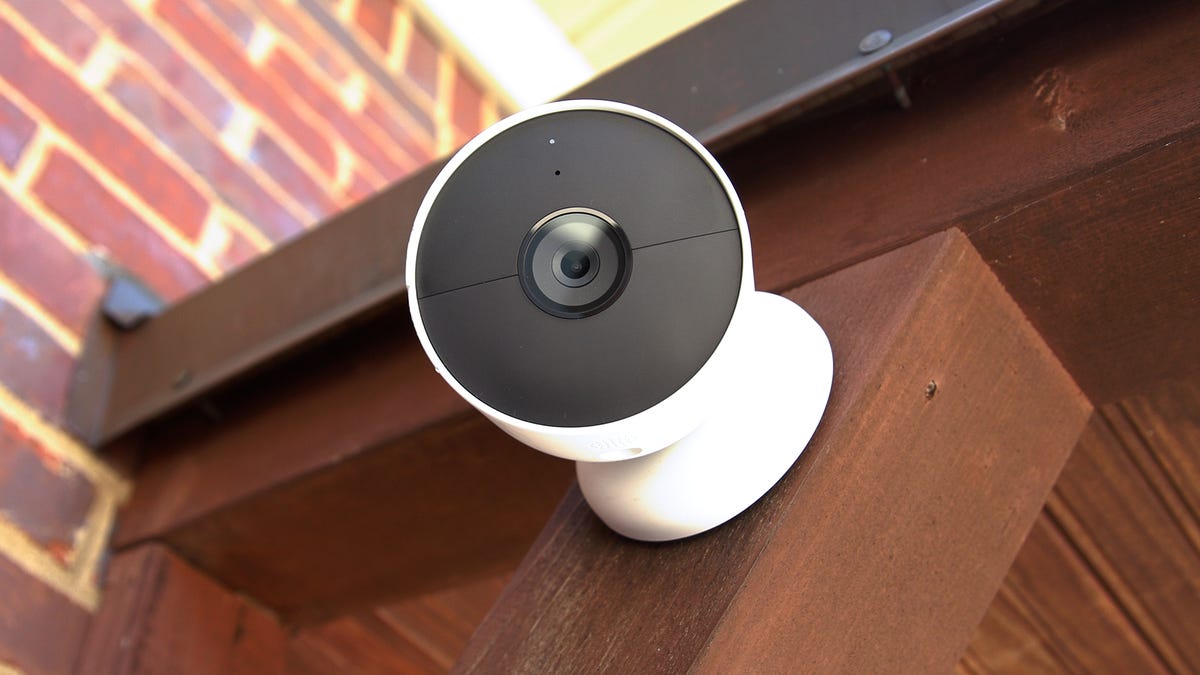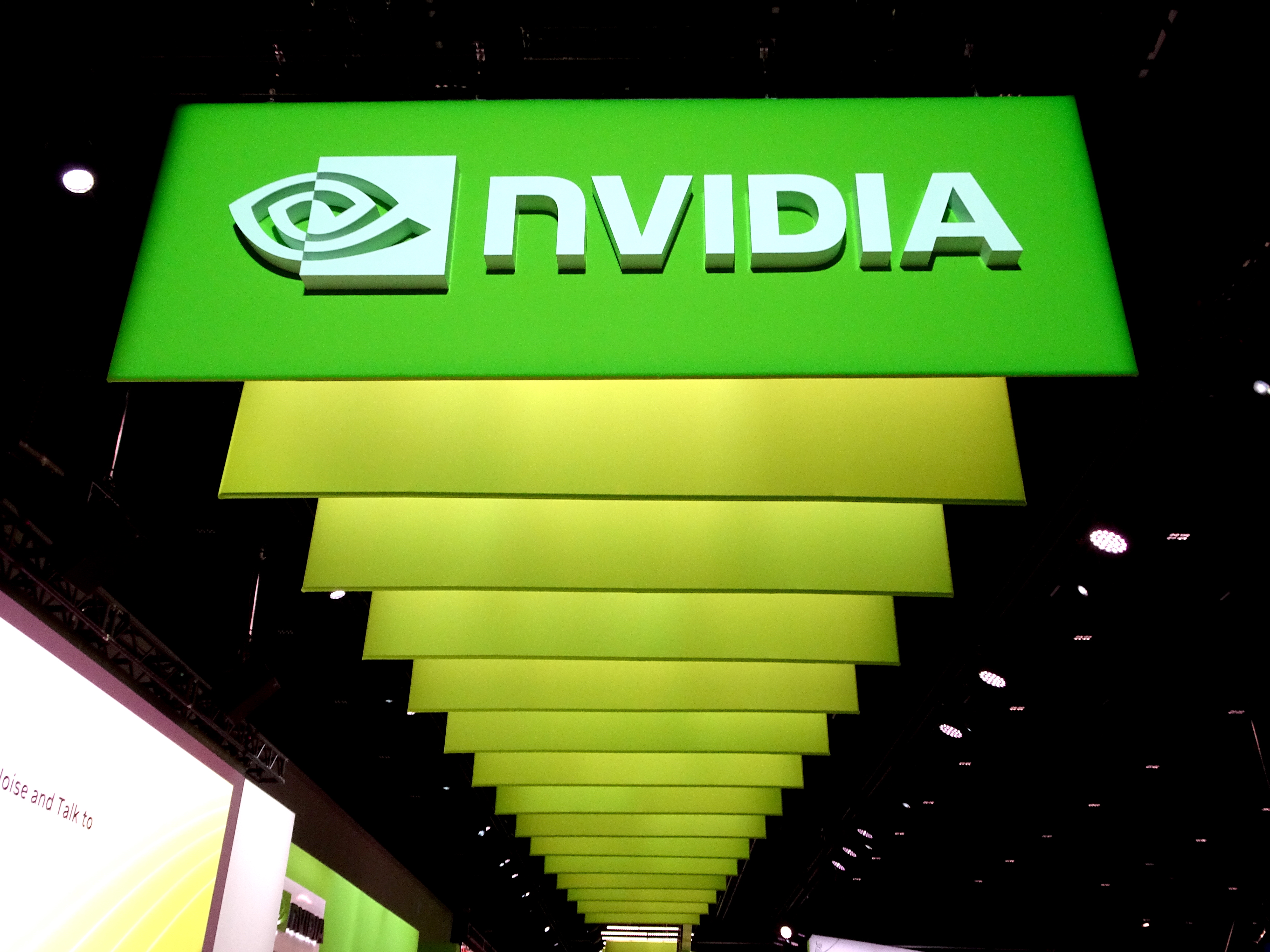Kioxia has launched solid-state drives of 245.76TB (terabytes), making them the largest capacity commodity flash drives currently on the market. The company said the new LC9 will be targeted at artificial intelligence (AI) training, data lakes and hard disk drive (HDD) replacement in hyperscale clouds.
Its capacity of 245.76TB dwarfs the maximum possible from spinning disk, which currently tops out at around 40TB. Pure Storage has promised 300TB capacity flash drives in its proprietary DirectFlash Modules, due out later this year, but they will only work on Pure arrays.
Kioxia’s LC9 will come in 2.5in U.2 and EDSFF E3.S and E3.L form factors. It uses PCIe 5.0, which can be single full channel or two channels at half speed, to allow solid-state drives (SSDs) to be deployed in storage arrays with two redundant motherboards. Capacity runs to 122.88TB in the 2.5in and E3.S formats, with the full 245.76TB in the E3.L drives.
Kioxia LC9 SSDs will use its eighth-generation BiCS chips, which contain 32 quad-level cell (QLC) NAND circuits in place of the 16 of the previous generation.
The Japanese company has effectively doubled the previously possible capacity of 122.88TB by doubling the chip count and making a wider/thicker drive.
Kioxia competes in 122.88TB flash drives with Phison and Solidigm, but differences in how the manufacturers put them together result in varying performance metrics.
Solidigm’s D5-P5336 controller chip can write data at a maximum throughput of 7.4GBps and writes at a maximum of 3.2GBps. Phison’s Pascari D205V also writes at a maximum of 3.2GBps but reads at 14.7GBps with PCIe 5.0.
Kioxia’s LC9 is slower at around 3GBps for writes and 12GBps for reads. Kioxia doesn’t explain why this is the case, which occurs with the same controller used by Phison. It’s possible some economies have been made somewhere, perhaps in onboard random access memory (RAM), so its SSDs can achieve the 245TB capacity.
Kioxia’s LC9 achieves good scores in random writes, which is consistent with a larger number of NAND chips. It supports 50,000 input/output operations per second (IOPS), compared with 35,000 IOPS for the Phison SSD and 25,000 for the Solidigm product.
The Phison product wins out when it comes to random reads, with three million IOPS, then Kioxia with 1.3 million and finally Solidigm with 930,000. These results are nuanced, however, because they are biased by rewrites of data stored in cache by the use of differing levels of firmware intelligence to predict hot data.
The presence of RAM dedicated to cache in the Phison product, but not in that from Kioxia, may also explain this. The Solidigm model, already slower due to the use of PCIe 4.0, has 33% less cache than Phison.
All this is in the context of writes that are always slower than reads on QLC SSDs because the firmware must calculate how to store one bit in a cell that can take four. That involves copying any existing bits to RAM, electrically erasing the cell, then writing the update to the same cell or to another cell to which the firmware has given the same logical address.
The key to the 245TB capacity of Kioxia’s LC9 product is in the format of the drives. Kioxia has coined the idea of a “2T” format for the E3.L drives that comprise two cards of 122.88TB.
E3 formats are 7.6cm high and correspond to the façade of a 2U storage array. The E3.S and E3.L formats differ in depth (11.28cm compared to 14.22cm). This width and length allows an E3.S to offer the same capacity as a 2.5in drive but with the lower thickness of 0.75cm in E3 drives.
In Kioxia’s E3.L 2T format, the width of the SSD is nearer 1.68cm.
That means that while it is usually possible to install 24 E3 SSDs in a 2U array, the number of 2T SSDs possible is 10 units per machine. That means a 2U array full of 122.88TB SSDs makes for around 2.9PB (petabytes) of raw capacity, while an array full of 245.76TB capacity drives stacks up to 2.46PB.
Despite this, Kioxia said the advantage of the 245.76TB drive lies elsewhere. Namely, that it uses fewer PCIe channels, which means a single array can control more SSDs and use less energy.








